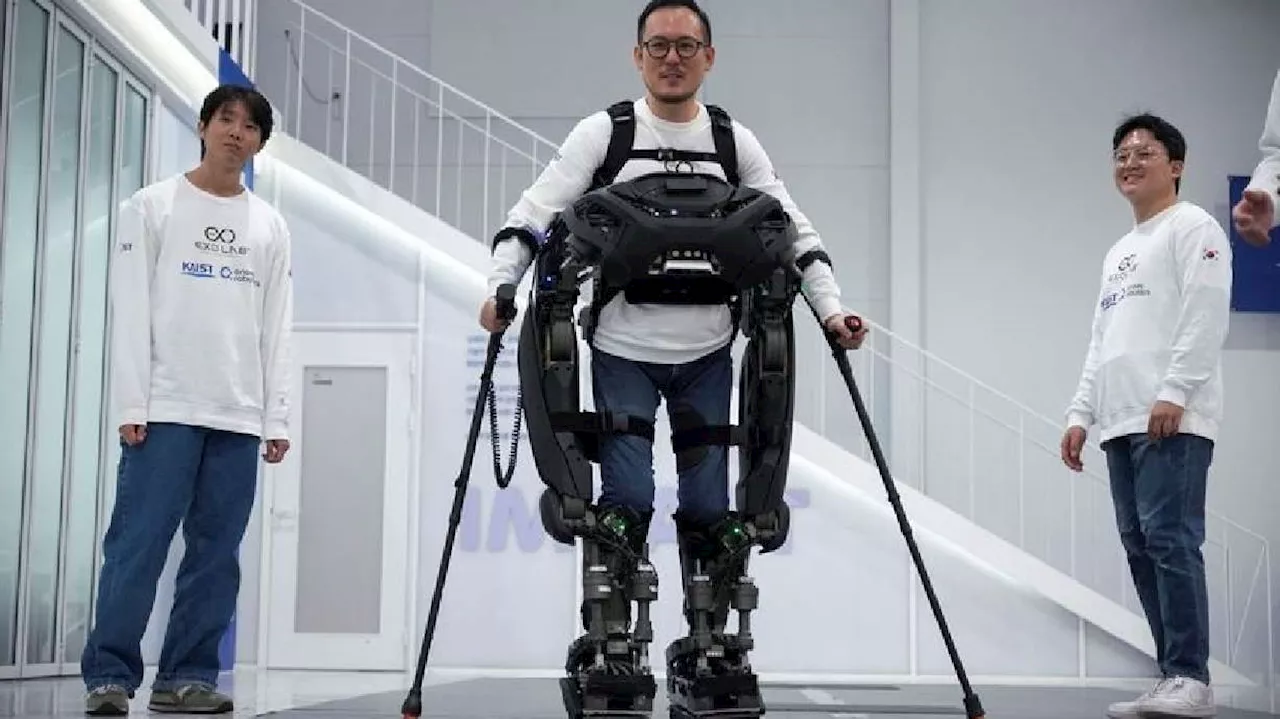Researchers at Penn State are using QR codes on honey bees to track their movements and understand how far they travel for food. This new technology offers a more precise and comprehensive way to study bee foraging behavior, which could have implications for organic beekeeping practices.
Several hundred bees in rural Pennsylvania and rural New York are sporting tiny QR codes on their backs to track when they go in and out of their hives. The work, a collaboration among entomologists and electrical engineers, is the first step in solving a long-standing mystery of how far bees travel from their hives to collect pollen and nectar. Several hundred bees in rural Pennsylvania and rural New York are sporting tiny QR codes on their backs.
More than the latest in apiarian fashion, the little tags serve a scientific purpose: tracking when bees go in and out of their hives to better understand how long honey bees spend foraging for food outside of their hives. The work, a collaboration among entomologists and electrical engineers at Penn State, is the first step in solving a long-standing mystery of how far bees travel from their hives to collect pollen and nectar. So far, the researchers have learned that while most trips outside of the hive last mere minutes, a small minority of bees can spend more than two hours away. The team said they expect to learn much more, thanks to the system they developed to track honey bees' time out of the hive. 'This technology is opening up opportunities for biologists to study systems in ways that weren't previously possible, especially in relation to organic beekeeping,' said Margarita López-Uribe, the Lorenzo L. Langstroth Early Career Professor, associate professor of entomology and author on the paper published in, an open-access journal that details the exact equipment and methods researchers use in their work so that it might be replicated or built upon by others.'In field biology, we usually just look at things with our eyes, but the number of observations we can make as humans will never scale up to what a machine can do.' Like workers at a high-security building, the bees'buzz' their way in and out of the hive, flashing the pass on their back. They have free access, but they are digitally tracked via an automated imaging system the team developed to monitor when bees leave the hive and when they return via a customized entrance with a camera sensor. The QR codes glued to bees' backs are known as fiduciary tags, which carry the smallest amount of identification information and can be quickly detected and logged via the imaging system, even in low-resolution conditions. The system is a break with conventional entomology field work in which researchers visually observe bees for limited periods, enabling far more comprehensive and expanded observations, the researchers said.In general, organic beekeeping means that hives are kept free of chemical pesticides, herbicides and synthetic chemical treatments, and are situated away from polluted areas. While the U.S. Department of Agriculture's National Organic Standards Board recommended specific standards for certifying honey and other bee products as'organic' in 2010, they were never passed. Honey bees are capable of flying long distances when they need to -- estimated to be able to fly up to 10 kilometers from their hive -- but the team hypothesized that such distance is uncommon and bees generally fly much shorter distances, perhaps less than one kilometer, according to López-Uribe. As such, the forage and surveillance zone requirements recommended for organic beekeeping in 2010 may be unnecessarily large. That could change with a better, more precise understanding of bee foraging range, the researchers said. Honey bees communicate where the food sources are to other bees in the colony with a physical behavior called the'waggle dance.' López-Uribe said researchers spend significant time observing and attempting to decode the waggle dance to determine how far bees travel from their colonies -- a process that could be aided by accurately tracking how long individual bees spend foraging. 'The waggle dance is the best source of information that we have about bee foraging, but that's based on human observations, with maybe an hour of observations made once a day over two weeks. So, we approached the electrical engineering team to see if there might be technology that could better make these observations,' López-Uribe said.'The goal is to understand if that 10-kilometer estimation is biologically accurate. Can we determine exactly how far honey bees travel from their hives?'The entomologists turned to Julio Urbina, professor of electrical engineering and co-corresponding author on the study, who tapped Diego Penaloza-Aponte, a doctoral student in electrical engineering and co-corresponding author on the study. 'There wasn't anything available like this before,' Urbina said.'This paper is the first step moving forward in the right direction, with opportunities to do more -- in large part because of the growing synergy across our teams.' The researchers emphasized that this was not a collaboration of silos, where biologists and engineers pieced together separate contributions.
BEE FORAGING QR CODES ORGANIC BEEKEEPING ENTOMOLOGY ELECTRICAL ENGINEERING
United States Latest News, United States Headlines
Similar News:You can also read news stories similar to this one that we have collected from other news sources.
 Scientists Suggest New Way to Help Measure Obesity Instead of Just Using Traditional BMI MetricA new report notes that the amount of belly fat a patient has is a more useful metric for determining obesity than traditional BMI measurements. The report was published in the journal 'The Lancet Diabetes & Endocrinology' on Jan. 14.
Scientists Suggest New Way to Help Measure Obesity Instead of Just Using Traditional BMI MetricA new report notes that the amount of belly fat a patient has is a more useful metric for determining obesity than traditional BMI measurements. The report was published in the journal 'The Lancet Diabetes & Endocrinology' on Jan. 14.
Read more »
 Tianjin University Invites Overseas Young Scientists for 2025 Excellent Young Scientists Fund ProgramThe National Natural Science Foundation of China (NSFC) Excellent Young Scientist Fund (Overseas) program, hosted by Tianjin University, seeks to attract outstanding young scholars from overseas to contribute to China's scientific and technological advancement.
Tianjin University Invites Overseas Young Scientists for 2025 Excellent Young Scientists Fund ProgramThe National Natural Science Foundation of China (NSFC) Excellent Young Scientist Fund (Overseas) program, hosted by Tianjin University, seeks to attract outstanding young scholars from overseas to contribute to China's scientific and technological advancement.
Read more »
 South Korean Scientists Develop a Wearable Robot to Help Paraplegic Users WalkResearchers at the Korea Advanced Institute of Science and Technology (KAIST) have created a lightweight, wearable robot that can assist paraplegic individuals in walking, maneuvering obstacles, and climbing stairs. The robot, which can lock onto the user, aims to seamlessly integrate into their daily lives.
South Korean Scientists Develop a Wearable Robot to Help Paraplegic Users WalkResearchers at the Korea Advanced Institute of Science and Technology (KAIST) have created a lightweight, wearable robot that can assist paraplegic individuals in walking, maneuvering obstacles, and climbing stairs. The robot, which can lock onto the user, aims to seamlessly integrate into their daily lives.
Read more »
 Cosmic Rays Could Help Scientists Understand Tornado FormationA new study suggests that muons, particles produced by cosmic rays, could be used to measure the pressure inside tornadoes, providing insights into their formation.
Cosmic Rays Could Help Scientists Understand Tornado FormationA new study suggests that muons, particles produced by cosmic rays, could be used to measure the pressure inside tornadoes, providing insights into their formation.
Read more »
 OurCalling looks for help getting people out of the cold: How you can helpThe Dallas homeless ministry, OurCalling, is working to get as many people as possible off the streets and into the shelters that nonprofits and the city have opened.
OurCalling looks for help getting people out of the cold: How you can helpThe Dallas homeless ministry, OurCalling, is working to get as many people as possible off the streets and into the shelters that nonprofits and the city have opened.
Read more »
 Album donation drive: Help this record shop help fire evacuees find their musicRecord Safari in Los Angeles is accepting donations, both “new and used”; find how to contribute.
Album donation drive: Help this record shop help fire evacuees find their musicRecord Safari in Los Angeles is accepting donations, both “new and used”; find how to contribute.
Read more »
